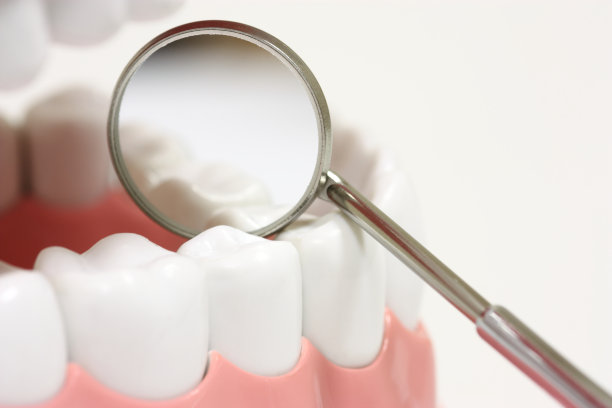The Essential Steps and Care Tips for Successfully Extracting a Tooth at Home
Summary: Extracting a tooth at home is a complex procedure that carries potential risks and complications. This article outlines essential steps to follow for a safe extraction, including preparation, technique, aftercare, and when to seek professional help. By understanding these critical aspects, individuals can better assess whether performing a tooth extraction at home is suitable for their situation. In addition, appropriate care tips are provided to ensure effective recovery and minimize the risk of infection or further issues. Remember, while these guidelines may facilitate self-extraction, professional dental intervention is always recommended for optimal safety.
1. Preparation Before Tooth Extraction

Before attempting a tooth extraction at home, its vital to ensure that you are adequately prepared. First, evaluate the condition of the tooth in question. If it’s severely damaged or decayed, the extraction process might be more complicated than anticipated. Its crucial to know if the tooth is loose, as extracting a firmly rooted tooth will require more force and skill.
Gathering the right tools is another essential step in preparation. You should have clean dental forceps, gauze, antiseptic wipes, and possibly a good mirror to help you see the extraction site. Additionally, having dental anesthetics or over-the-counter pain relief can ease discomfort during the procedure.
Lastly, its essential to create a clean and sterile environment. Ensure that your hands and the tools being used are sanitized to minimize the risk of infection. Choose a well-lit area where you can comfortably perform the extraction and have sufficient time to complete the process without feeling rushed.
2. The Tooth Extraction Technique
The technique used during extraction is crucial to ensure a successful procedure. Begin by thoroughly rinsing your mouth with an antiseptic solution to eliminate any bacteria. Next, gently grasp the tooth with your forceps, applying just enough pressure to hold it firmly without applying excessive force.
To extract the tooth, wiggle it back and forth. This motion helps loosen the tooth from its socket. Be patient and gradual—too much force can fracture the tooth, making extraction more difficult and painful. Keep the pressure steady until you feel the tooth is sufficiently loosened.
Once the tooth is loose enough, give a firm pull while maintaining a steady grip on the forceps. It’s important to angle the extraction correctly to avoid damaging surrounding teeth or tissues. Once the tooth is fully removed, ensure any visible roots are also taken out to prevent future complications.
3. Aftercare for Tooth Extraction
After successfully extracting a tooth, proper care is crucial for healing and minimizing complications. Begin by placing a piece of gauze over the extraction site and biting down gently to control bleeding. Change the gauze every 30 minutes or sooner if it becomes soaked. If bleeding persists beyond a few hours, consider seeking professional help.
Limit your activities for the next few days. Avoid strenuous activities that could lead to increased blood flow and prolonged bleeding. Stick to soft foods and avoid anything too hot or spicy, as this may irritate the extraction site during recovery.
Also, maintain good oral hygiene but avoid brushing directly over the extraction site for at least 24 hours. After that, gently rinse with warm salt water to promote healing and keep the area clean. Keeping the mouth clean is essential for preventing infections and complications.
4. Knowing When to Seek Dental Help
While some individuals can successfully extract their teeth, knowing when to seek professional dental assistance is vital. If you have any signs of infection, such as fever, excessive swelling, or pus from the extraction site, it’s essential to consult a dentist immediately. These symptoms indicate that the situation has escalated beyond home care.
Additionally, if you encounter severe pain that is not alleviated with over-the-counter pain relief, it’s vital to reach out to a dental professional. Pain is a critical indicator that something may have gone wrong during the extraction process.
Lastly, if you experience prolonged bleeding that doesn’t improve after following aftercare instructions, do not hesitate to seek professional help. Complications can arise if bleeding is not addressed promptly, highlighting the importance of knowing your limits when it comes to at-home procedures.
Summary:
Successfully extracting a tooth at home requires meticulous preparation, skillful technique, diligent aftercare, and a keen awareness of when to seek professional help. Each phase plays a critical role in ensuring a safe and effective outcome, reducing potential risks associated with DIY dental procedures. Understanding these essential steps can empower individuals to take charge of their dental health responsibly, while always weighing the benefits of professional care.
This article is compiled by Vickong Dental and the content is for reference only.


